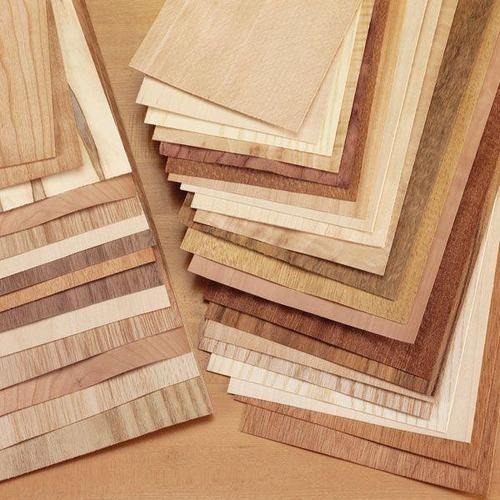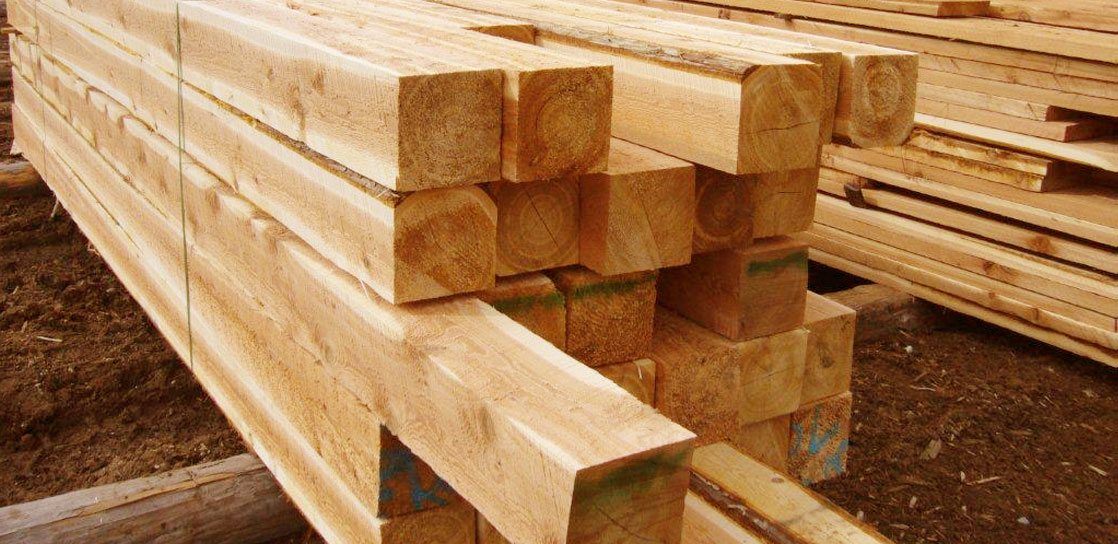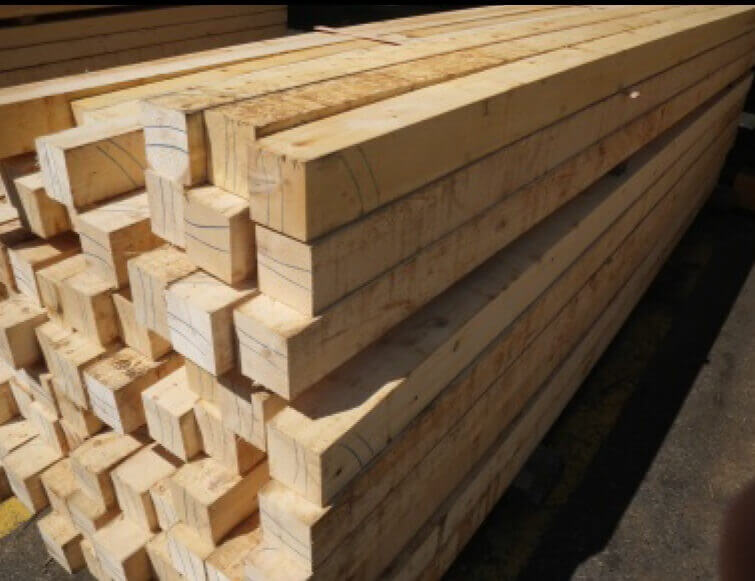Description
Here are some key points about wood veneer:
- Production Methods:
- Peeling: Veneer can be peeled from a log using a rotary cutting process, where the log is rotated against a blade to produce continuous sheets of veneer.
- Slicing: Veneer can also be produced by slicing the log, similar to cutting slices from a loaf of bread. This method results in straight, cathedral, or quartered grain patterns.
- Types of Wood Veneer:
- Natural Veneer: Made from the actual wood species, natural veneer showcases the unique grain patterns and characteristics of the wood.
- Engineered Veneer: Created by using fast-growing and renewable species, engineered veneer can mimic the appearance of rare or expensive woods.
- Applications:
- Furniture: Wood veneer is commonly used in furniture manufacturing to cover plywood, particleboard, or MDF (Medium-Density Fiberboard) cores.
- Cabinetry: Many cabinets, especially high-end or custom ones, use wood veneer to achieve an attractive and natural appearance.
- Interior Design: Veneer is also employed in interior design for wall paneling, doors, and decorative elements.
- Advantages:
- Cost-Effective: Veneer is often more affordable than using solid wood, making it an economical choice for various applications.
- Versatility: Veneer can be applied to curved or contoured surfaces, providing design flexibility.
- Resource Efficiency: Since veneer allows for more efficient use of wood resources, it is considered a sustainable option.
- Finishing:
- Staining: Wood veneer can be stained to enhance its color or match a specific design aesthetic.
- Finishing: Veneer is typically finished with a protective coating, such as lacquer or polyurethane, to enhance durability and provide a polished appearance.
- Challenges:
- Veneer Thickness: The thin nature of veneer means it may be more susceptible to damage than solid wood.
- Matching: Achieving a consistent appearance across veneer sheets can be challenging, especially when using natural veneer.
Wood veneer is a popular choice in woodworking and interior design due to its aesthetic appeal, flexibility, and sustainable characteristics.






